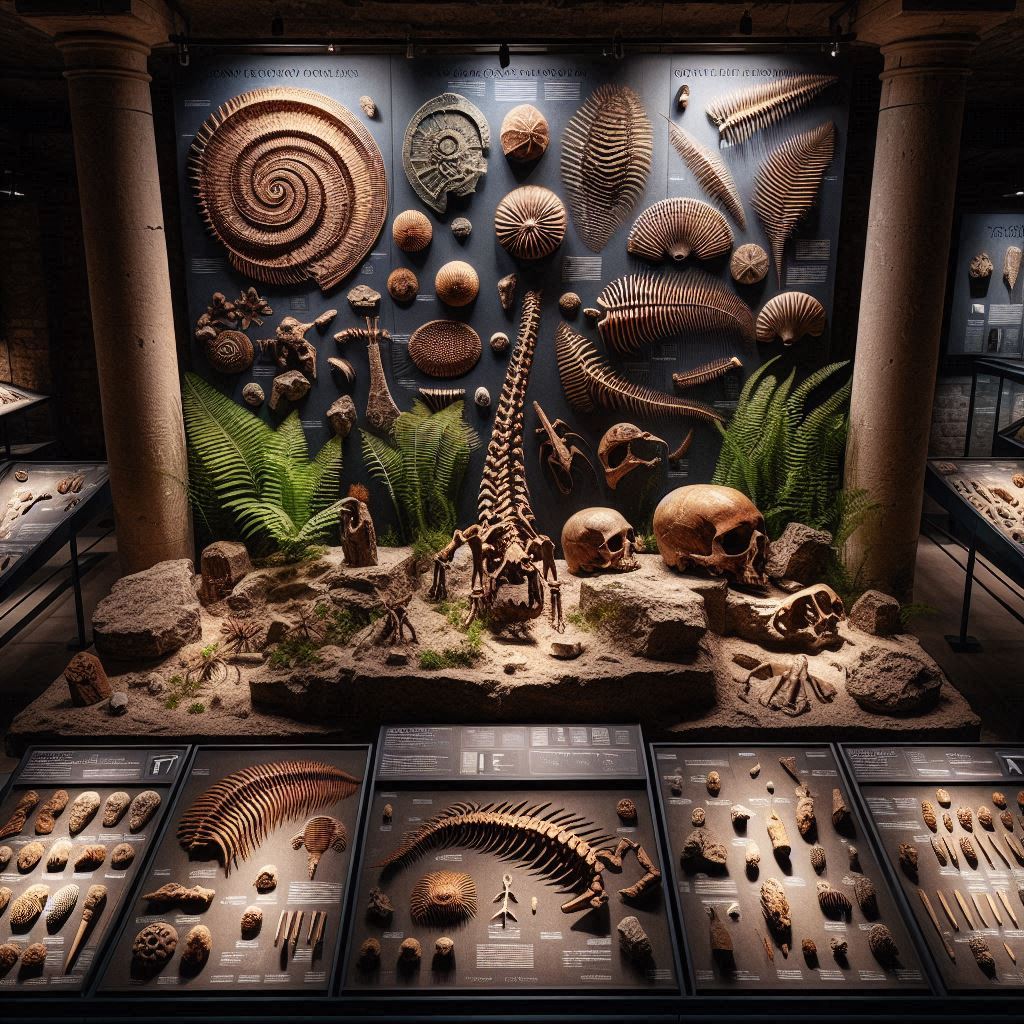
Ecology
Most of the species would disappear from the planet. Here I’m going to provide a few examples.
1. Mountain Species
Examples: Snow leopards, mountain gorillas, pikas
Reason: These species are adapted to cold, high-altitude environments. As the climate warms and the temperate zone moves upward, they will choose to live in higher places. But still, they would find their way to survive in the havoc.
2. Species in Tropical Rainforests
Examples: Orangutans, jaguars, many bird species
Reason: They would not be affected seriously. Still, they could not survive around the equator because it was too hot.
3. Insects and Pollinators
Examples: Bees, butterflies
Reason: Changes in climate can disrupt flowering times of plants and the life cycles of pollinators. This mismatch can lead to declines in pollinator populations, but they were not likely to go extinct.
People gathered the DNA sequence and the samples of all the disappearing plants and animals, and they were trying to recreate those disappearing species in the laboratory.
Rodents and earthworms, due to the absence of natural predators and their subterranean habitats, have proliferated massively, occupying areas unsuitable for other life forms. As the surface of the Earth became increasingly inhospitable with rising temperatures and extreme weather conditions, most species struggled to survive and eventually went extinct. However, the adaptability of rodents and earthworms allowed them to thrive underground, feeding on soil nutrients and plant roots. Their ability to reproduce rapidly in these protected environments led to their dominance in areas where other organisms could not endure.
With the collapse of traditional food sources, humans began to raise these resilient creatures as a primary source of nutrition. In specialized urban farming facilities, rodents and earthworms were bred and harvested for their protein content. This new agricultural practice became essential for sustaining human populations, especially for those unable to afford more expensive food alternatives. The protein derived from these animals was processed into various forms to meet dietary needs, providing a vital lifeline in a world where conventional livestock had largely disappeared.
In terms of plant life, the spread of cacti and coniferous forests became more pronounced, as these plants are well-adapted to arid conditions. Cacti, with their ability to store water and withstand extreme heat, began to flourish in expanding desert regions. Similarly, coniferous trees, known for their resilience to drought and poor soil, spread across higher latitudes and elevations. These hardy plants played a crucial role in maintaining ecological balance, offering some form of vegetation and habitat in a drastically altered landscape. The proliferation of these drought-tolerant species marked a significant shift in global flora, reflecting the planet's adaptation to a hotter and drier climate.